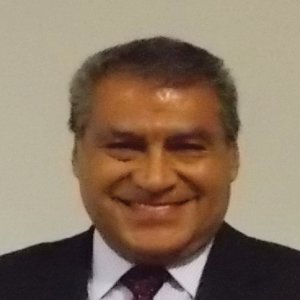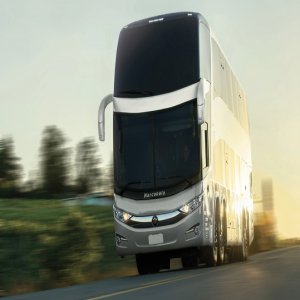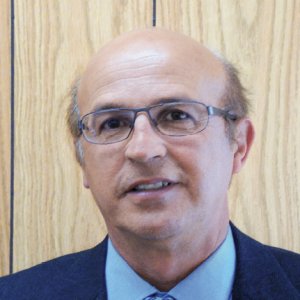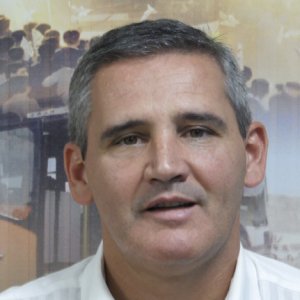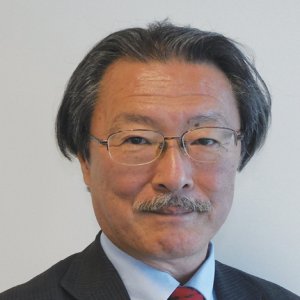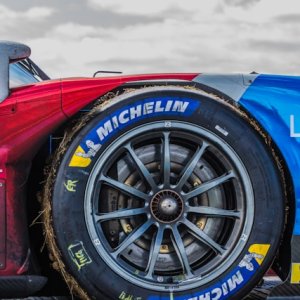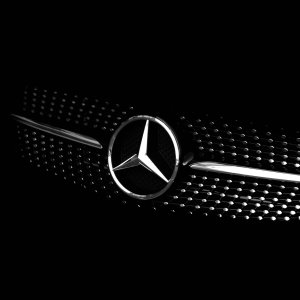Customization as Tool for Growth

STORY INLINE POST
Q: How has the company progressed toward the objective of becoming the number one bodywork manufacturer in Mexico by 2019?
A: In 2014, we developed 17 variations of the existing models. Our first strategy was to provide products for all segments because offering a complete product range is essential in this market. We also established a presence within the microbus segment, particularly with Ford and GM. In terms of exports, we have at least ten projects up and running in South America, Central America, and the Caribbean, so we are well on our way to reaching our 2019 goal. This segment produces around 8,000 units per year in Mexico, which are divided between five players and six brands, and our market share is around 15%. However, we made the strategic decision to grow in a disciplined manner, not just to pursue sales. As a result of this approach, we implemented the Toyota Production System (TPS) and transformed the company from a family business into a company that now has a board, a president, and outside auditors. The owners want Novacapre to have a strong foundation, a strong, high- quality product line, customer satisfaction, and a steady increase of sales.
Q: Aside from the exterior geometry of the buses, what are the main differences between the units you produce?
A: Our level of verticalization enables us to customize to our clients’ needs. For instance, we make our own windows and seats, as well as vacuum formed and thermal formed plastics, making it very easy to move things around the plant. This also limits the ordering of products from third party suppliers, reducing overall costs. As an example of the diverse market segments we serve, buses in Mexico City must meet certain prerequisites while these are different in other states. These requirements range from the position and size of the doors, to the type of windows, the length of the unit, and the height of the bus, meaning that our flexible assembly line is perfectly suited for such orders.
Q: What new technologies and processes need to be introduced in order to meet industry demand?
A: The most important thing to manage is weight reduction, a challenge the light vehicle segment is facing too. The quest for lighter buses is difficult to achieve without compromising strength. There are available materials on the market that could make the buses lighter, but most customers are still not willing to pay for them. Mexican suppliers import aluminum and sell it at a high markup, meaning that we can purchase the metal directly from China significantly cheaper. This also happens when you buy electrical components from reliable suppliers in Mexico, they cost significantly more than if you buy them from China. The quality might be higher, but not enough to justify the extra cost. The other challenge is to make buses more comfortable for the passengers. The shift towards lighter vehicles will be driven by companies like Novacapre, but the concepts to improve the design and comfort of the entire bus should come from the brands.
Q: How successful is Novacapre in other markets, and how is this affecting your repair and maintenance services?
A: In Colombia we are working to get orders for about 700 buses which will be delivered over the course of 15 months. We also have projects in Central America, the Caribbean, and South American countries. Our repairs are being conducted wherever the buses are located. Part of our strategy is to have workshops in different regions with available technicians who understand our products and can charge our clients for any necessary work. Once Novacapre is more successful in other Latin American markets, we will duplicate this business strategy.
Q: How could Novacapre optimize its production capacity?
A: With the present mix we could hit our maximum production capacity without significant CAPEX; we would need to add manpower and shifts. However, the major constraint has been working capital due to the large cycle between the time we pay for materials and labor, and the time we actually get paid. On occasion, a dealer might face problems with their customers, so the payment could be delayed until the situation is resolved. Many companies have gone bankrupt because of this, so we have to be careful. We intend to reach a capacity of 3,000 units, but only if the company can finance it. This year will be a turning point since we planned the ramp-up phase for 2014 and 2015 by working on the foundations, and by the end of the year we plan to be producing 120 units per month.
